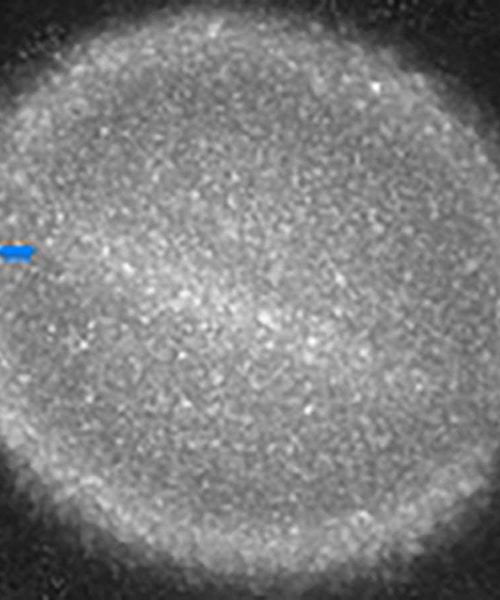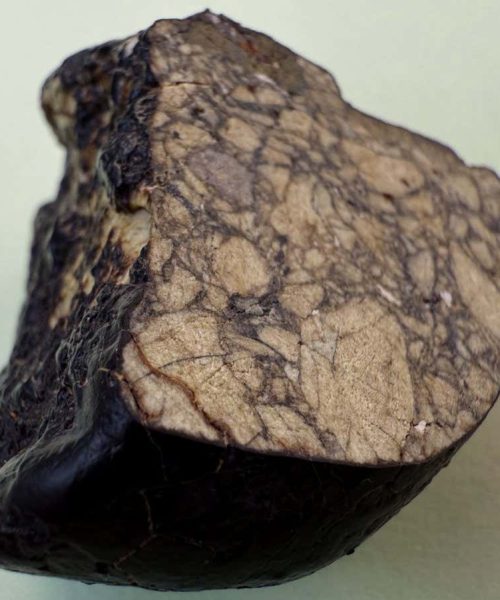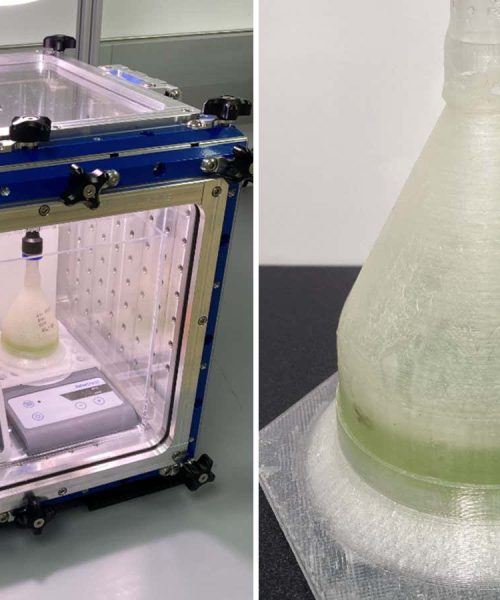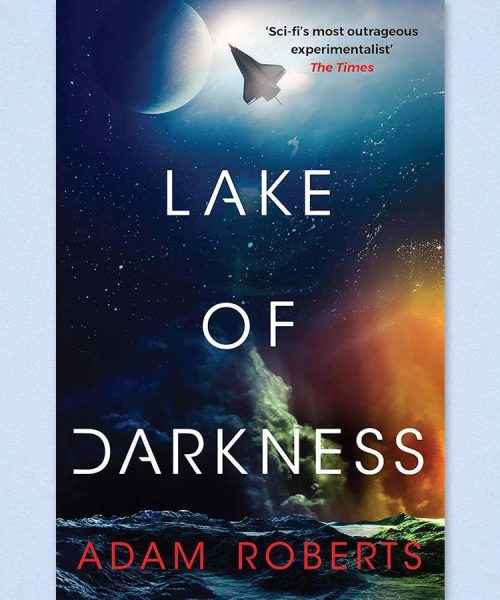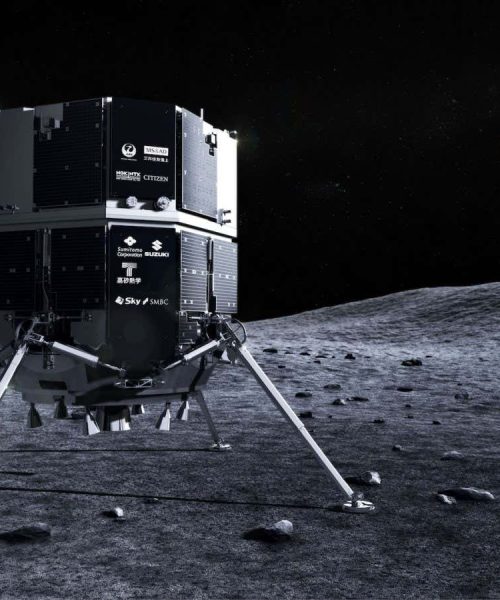
A total solar eclipse is coming to North America on 8 April, offering researchers a rare opportunity to study the sun’s corona, its outermost layer. This year, Shadia Habbal, a solar eclipse researcher at the University of Hawaii, is hoping to record and analyse coronal mass ejections, which occur when the sun’s churning magnetic field blasts strands and blobs of material out into space. These coronal mass ejections disturb the flow of the solar wind and can cause damage to satellites and disrupt communications, making it very important to be able to understand and predict their activity.
Topics:
